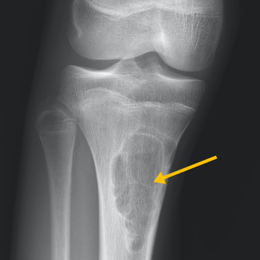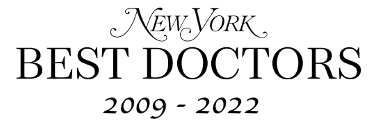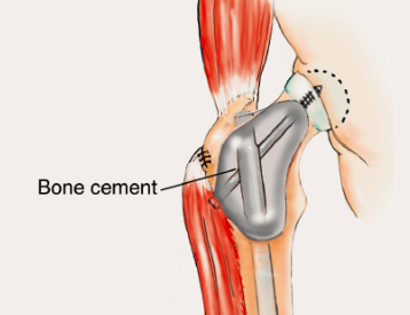Nonossifying Fibroma
Benign (noncancerous) and non-aggressive tumor that consists of fibrous tissue. Commonly discovered by chance during an X-Ray done for another reason, such as a sports injury. Usually there are no symptoms and it resolves by itself.















